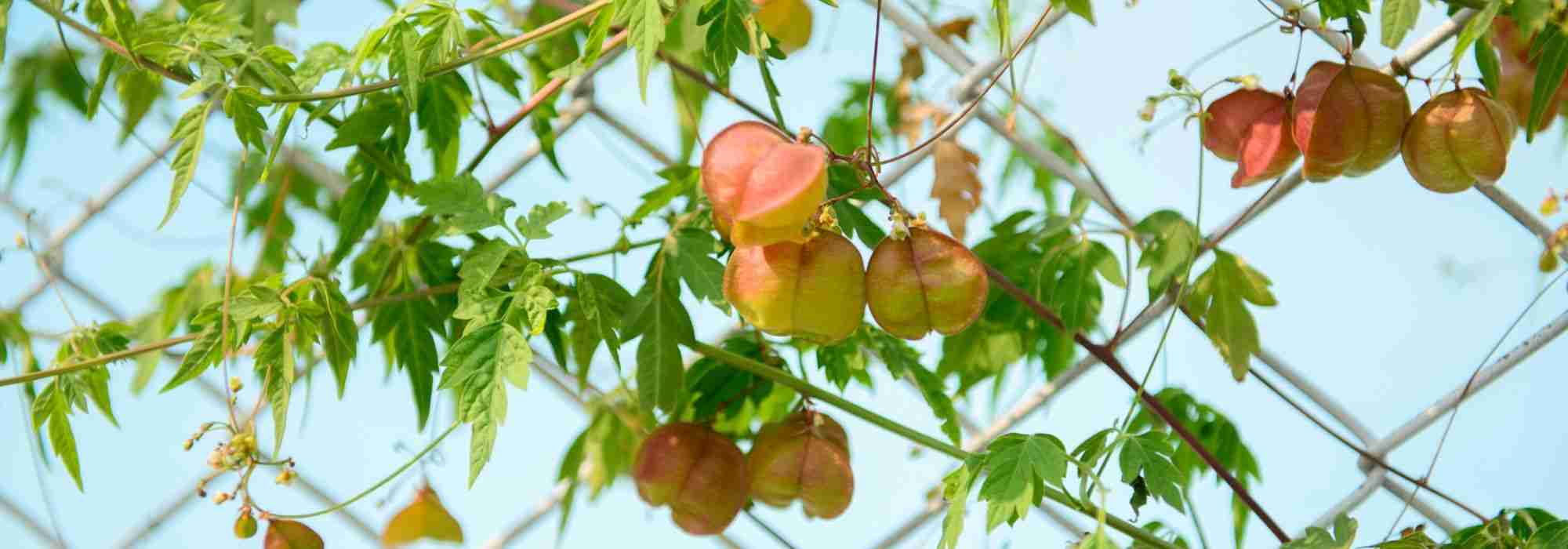
10 climbing plants ideal for fences
For use on wire mesh, fences or to screen neighbouring properties.
Summary
Unsightly fence to dress up? Charming barrier to enhance? Ugly wire mesh to conceal? Think of climbing plants! Lianas can cover vertical or horizontal surfaces and bring colours and fragrances, enhancing garden boundaries or dividing your garden while taking up minimal ground space. Climbing plants on wire mesh, perennial climbing plant for fence or climbing plant for screening: these plant solutions let you dress a vertical support while bringing charm, freshness and privacy to your garden.
Here is a selection of 10 outdoor climbing plants, ideal for dressing a fence or wire mesh. Deciduous or evergreen foliage, colourful and fragrant flowering, decorative fruits — there is something for every season and every taste!
Star jasmine (Trachelospermum)
This is the climbing plant for wire mesh fencing par excellence! With evergreen foliage, Trachelospermum (or Rhyncospermum) is ideal for screening an overlooking neighbour and making an unattractive wire fence disappear. Green in the typical form, the foliage is also declinate into variegated versions, as with ‘Variegatum’ or ‘Ogon-Nishiki’, and it often takes attractive purple hues in cold weather. Reaching 3 to 6 m, this climbing plant likes sun as well as partial shade, and any fresh, well-drained soil. It is covered in small star-shaped white, pink or yellow flowers with a delightful fragrance from May to June. Hardy to -10°C to -15°C, its growth is relatively slow.
Support and attachment method for Star Jasmine
For this type of Jasmine when used on a fence, opt for wire mesh into which its voluble stems can weave.
→ Discover all our Star Jasmine varieties and our dossier on jasmine planting, pruning and maintenance.
You may also read
10 climbing plants for full sunHoneysuckle (Lonicera)
Honeysuckle is a perennial climber for fence – a must! It has evergreen to semi-evergreen foliage. Installing an evergreen honeysuckle on a wire mesh allows creation of a scented and durable plant dissepiment. You may know ‘Halliana‘, or ‘Hall’s Prolific‘, two reliable and very popular choices, but also try varieties like ‘Mint Crisp‘ or ‘Pink Aperitif‘, with distinctive foliage. Honeysuckles are fast-growing climbers that delight with long flowering of trumpet-shaped scented flowers in various colours, from May to October. Plant this climber, 2 to 6 m tall, in shade or partial shade, in soil that remains moist, even calcareous or clayey. Its hardiness, around -15°C, makes it suitable for many gardens.
Support and attachment method for honeysuckle
Wire mesh is ideal for letting a honeysuckle run, whose stems twine around its support unaided.
→ Choose from our different honeysuckle varieties and discover how to grow, prune and maintain honeysuckle.
Discover other Climbers
View All →Available in 0 sizes
Available in 0 sizes
Available in 0 sizes
Available in 1 sizes
Available in 1 sizes
Available in 4 sizes
Available in 0 sizes
Available in 0 sizes
Available in 1 sizes
Available in 1 sizes
Ivy (Hedera)
Ultimate shade climber, ivy is robust and easy to grow. Comfortable in fresh, deep soil, it also tolerates more challenging conditions. Diversity offered by its evergreen foliage is far greater than often thought. To convince yourself, try Hedera sagittifolia, with deeply lobed leaves, Hedera ‘Sulfur Heart’, which blends dark green and pale yellow, or Hedera ‘Marginata Elegantissima’, grey-green variegated with cream. Hardy down to around -20°C on average, ivy can reach 1.50 m to over 10 metres. Its flowering is inconspicuous but melliferous, followed by fruits that birds relish.
Support and attachment method for Ivy
Equipped with climbing roots that attach to supports, Ivy is a climbing plant for solid fences but, when trained, can be used on mesh structures. It is therefore possible to have a climbing ivy on wire mesh.
→ Discover all our ivy varieties, as well as our tips to plant, care for and prune ivy and don’t miss Olivier’s article, which debunks 5 common misconceptions about ivy.
You may also read
7 evergreen climbing plants for your gardenHops (Humulus)
Hop is a climbing plant with deciduous foliage. Its aerial parts disappear in winter, but plant regrows each year from the base and its record growth allows it to form an almost opaque screen of nearly 6 m in a single season. Green in the type species, the foliage of the Golden Hop displays a lovely golden hue in spring. Plant this climbing plant in partial shade or gentle sun, in any rich, moist soil. Flowering occurs in summer, as pale green flowers or aments, depending on whether it is a male or female plant. Hardy down to -25°C, it can be planted in any garden.
Support and attachment method for Hop
It’s a good fence plant! Hop’s woody climbing stems coil around their support by themselves, provided they find something to grip. A mesh structure, such as wire netting, is therefore perfectly suited.
→ We offer our different varieties of hops, and our advice on Hop planting, cultivation and use.
Virginia creepers (Parthenocissus, Ampelopsis and Vitis)
Virginia creepers are planted in gardens for their deciduous foliage, which varies in appearance and texture. Indeed, their colours evolve through different shades of green or purple, finally bursting into flames in autumn, while small berries mingle with the foliage. Some varieties display almost unreal colours, such as the Blue-fruited Virginia creeper. Meanwhile ‘Star Shower’ is a fine example of Virginia creeper with variegated foliage. Fast-growing climbing plants, ornamental Virginia creepers can reach up to 20 m, and are hardy down to -15°C or below. Plant them in any ordinary, fresh, well-drained soil, even slightly calcareous, in a sunny position.
Support and attachment of Virginia creeper
Equipped with climbing roots and tendrils, Virginia creepers are climbing plants for fences of all types.
→ Find our species and varieties of Virginia creepers, as well as our advice sheet on planting, growing and pruning ornamental Virginia creepers.
Trumpet vine (Campsis)
The Trumpet creeper is a vigorous outdoor climbing plant with an exotic look and very fast growth. It is prized for its large trumpet flowers in warm colours: from red to yellow, including various shades of salmon-pink and orange. Some are even variegated or bicoloured, such as Campsis ‘Orangeade’, and Campsis capreolata adds a fragrance blending coffee and chocolate. Flowering, which occurs from spring to autumn, then covers the green foliage, deciduous to semi-evergreen. It quickly forms a beautiful screen that can reach 8 to 10 m in all directions.
At season end, it takes on purplish or golden-yellow tones. This climbing plant tolerates sea spray and calcareous conditions, provided you plant it in deep, cool, well-drained soil. Of moderate hardiness, around -10°C to -15°C (sometimes lower), it prefers sunny, well-lit positions sheltered from cold winds.
Supports and attachment methods for trumpet creeper
Depending on species, trumpet creeper is equipped with climbing roots or tendrils. You therefore need to choose its support accordingly. It climbs very well on stone, brick or rough-rendered walls. Also let this climbing plant climb on sturdy wire mesh, wooden trellises, pergolas or fences.
→ Discover our different trumpet creeper varieties, and our factsheet on cultivation, care, pruning and propagation by cuttings of trumpet creeper in our complete guide.
Akebia (Akebia)
Exuberant voluble climbing plant, Akebia fits into country gardens as well as urban gardens, where it helps conceal an unsightly fence and provides graceful privacy from neighbours. It constitutes an excellent solution as a privacy-screening climbing plant. Its palmate, green foliage, slightly glaucous beneath, is deciduous to semi-evergreen. In autumn, it takes on beautiful purplish hues. In spring, clusters of delicate, vanilla-scented flowers emerge. They are often in various shades of purple, but in Akebia ‘Cream Form’, cream predominates. Akebia ‘Silver Bells’ offers a cheerful blend of silvery white and mauve. When fruits form, they resemble large purplish beans. Capable of very rapid growth, Akebia can reach 6 to 10 m in every direction. Undemanding regarding exposure, it prefers partial shade but also tolerates shade or sunnier situations, provided it is sheltered from cold winds. Hardy down to about -15°C, it appreciates ordinary, neutral to acidic, well-drained soils that retain some coolness in season.
Support and attachment of Akebia
Akebia produces long stems that twine around their support unaided. It is a perennial climbing plant for wire-mesh fences.
→ Discover our different Akebia varieties, as well as our factsheet on planting, pruning and maintaining Akebia.
Clematis (Clematis)
Clematis are among the most popular and most delightful climbing plants! Their flowering period means you can have them in flower all year round; Clematis cirrhosa ‘Freckles’, for example, flowers in the middle of winter. Flowers, of varying size, can be single or double, star-shaped or bell-shaped, more or less scented, and the choice of colours is almost endless. Flowering is also followed by fluffy seedheads that make a splendid display. Foliage is no less impressive: with smooth or lobed edges, soft or leathery, it can be deciduous, as in Clematis montana ‘Mayleen’, or evergreen in species such as Clematis armandii ‘Apple Blossom’.
Fast-growing, these lianas can reach from 2 m to almost 15 m for the most exuberant. Generally hardy down to about -15°C to -20°C, they require deep, rich, humus-bearing soil that stays cool during the hottest months but is perfectly drained in winter. Clematis need light to flower well, but the base of the plant must be sheltered from strong heat. Also beware of strong winds, which can damage them.
Support and attachment methods for Clematis
Clinging by the petioles of their leaves, wire mesh or a trellis are perfect. Some can also be grown on fences, provided they are guided during the first years. A clematis hedge on wire mesh provides a flowering green screen in summer, perfect for defining a space while adding lightness to the garden.
→ We offer a very wide range of Clematis, as well as a guide to learn everything about planting, pruning and caring for clematis.
Solanum (Solanum)
Mediterranean and fast-growing, Solanum is also a good perennial climbing plant for various fences. It can suffer at around -5°C, so is more suited to mild climates. Its green foliage, which may be evergreen, cloaks its woody climbing stems to 5 m or more. From May, and then continuously until first frosts, this liana is adorned with countless small star-shaped flowers, white, bluish or mauve in Solanum cirspum ‘Glasnevin’. They give off a light jasmine scent. Fruiting, rare in our latitudes, appears as small berries in warm tones. Grow Solanum in ordinary, fairly light, cool but well-drained soil, even if slightly calcareous.
Support and method of attachment for Solanum
It is necessary to train Solanum’s stems as they grow. It can thus weave through wire mesh, or festoon a wooden barrier.
→ Discover our different Solanums, as well as the fact sheet on planting, pruning and cultivation of Solanums.
Rose bushes (Rosa)
Rose is regarded as Queen of Flowers, and as such, climbing roses and lianas naturally feature in this selection. These roses bring an undeniable touch of romance to garden, providing colour and fragrance thanks to their exceptionally beautiful flowers. They prefer deep, rich, well-drained, neutral soils, but some are grafted to tolerate lime. They generally need a minimum of 6 hours of sunlight a day to flower well. Many differences exist, whether in mature size (from 2 to more than 15 m), shape or colour of flowers, remontancy (ability to flower several times a year), fragrance, or presence or absence of decorative fruits. Many climbing roses or lianas are well suited to use on fences, including, for example, Zéphirine Drouhin (pink and thornless), Le Grand Huit (red), Rosier de Banks lutea (early yellow flowering), and Francis E. Lester (decorative fruits).
Support and attachment methods for climbing roses
Roses need to be trained, but once established their thorns help to hold them in place. Thus, these fence plants can be used on any type of support, from simple wire mesh to wooden fence.
→ To find out more, discover our many varieties of climbing roses and liana roses. Meet best rose varieties and how to grow them.
→ For a quick display, also use annual climbing plants with very rapid growth.
How to plant climbing plants on a fence?
To optimise planting and growth of your climbing plants on a fence, follow these tips to help them establish harmoniously on their support.
- Choose a fence plant suited to the support it will occupy. Too large, it can quickly become uncontrollable. Too small, it leaves unsightly gaps that do not hide that ugly wire mesh as you hoped.
- Beware of wind load from foliage. Your fence or wire mesh for climbing plants must be sturdy enough to withstand it if the wind picks up.
- Fence oriented east–west? Plant on east side so plant follows sun’s path and grows in the right direction.
- If necessary, guide and tie the main structural branches as they grow, bending them horizontally without breaking them. This encourages emission of floriferous lateral branches. If possible, start by running your outdoor climbing plant along the ground at the base of the fence so it eventually covers the whole support.
- Is your fence smooth or unsuitable? You can always stretch wires or attach a mesh that will quickly be masked. Out of sight… no one will notice!
- You cannot do as you please on a shared fence. Make sure your neighbour approves the arrangement and agree on maintenance.
- Subscribe!
- Contents
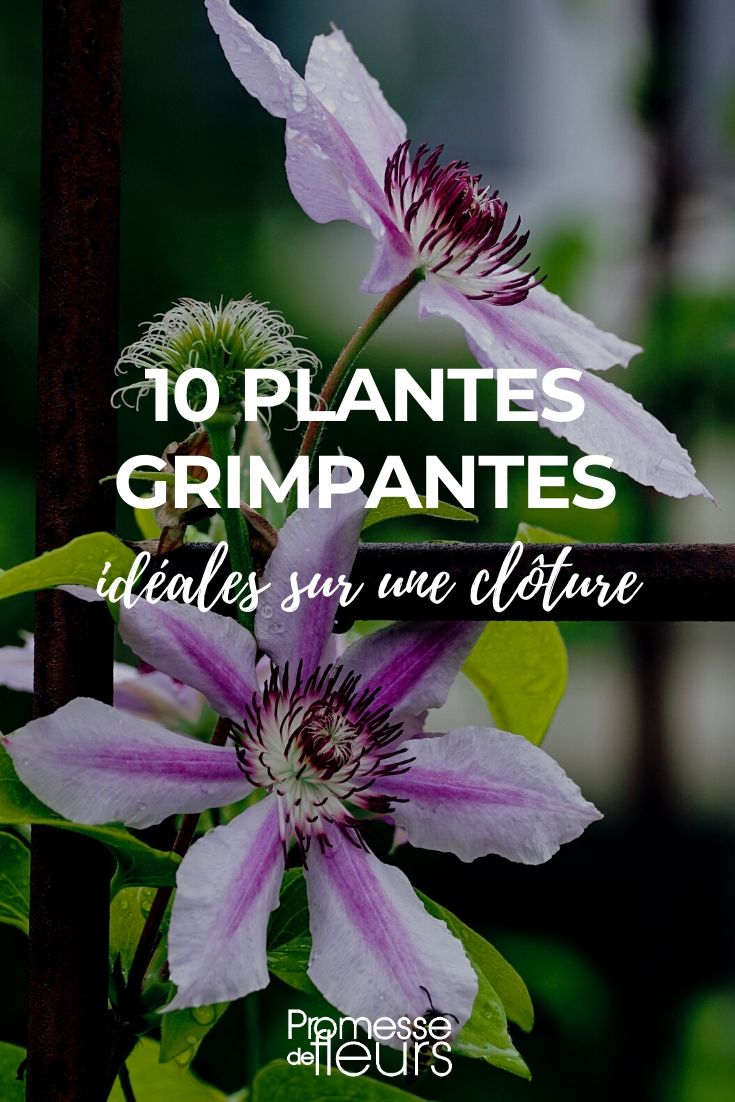































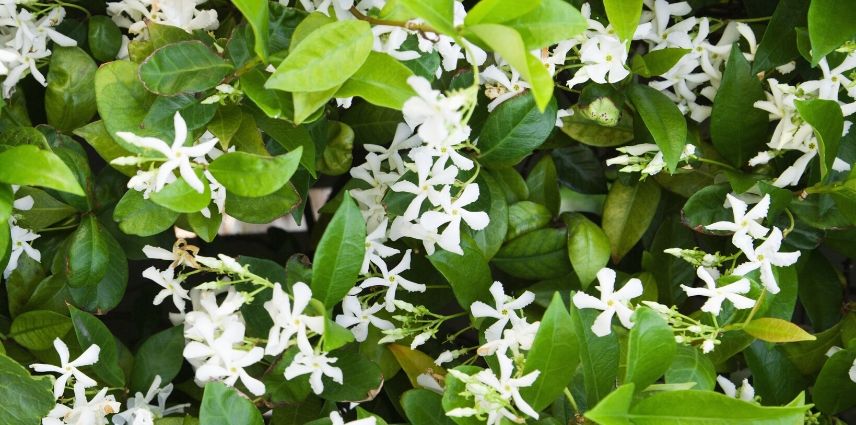

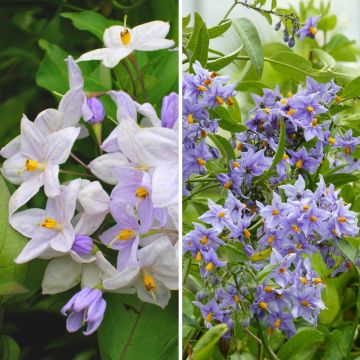
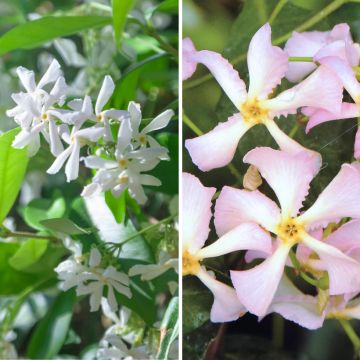
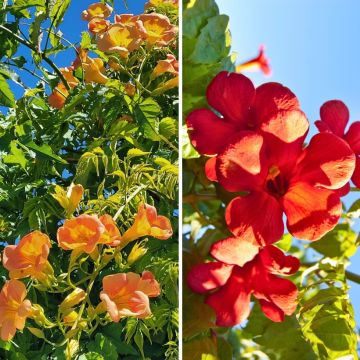
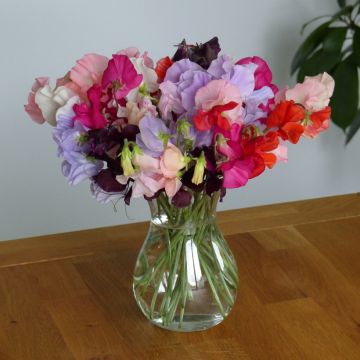
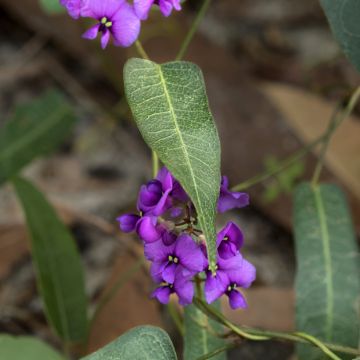
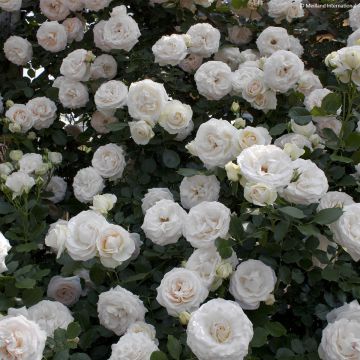
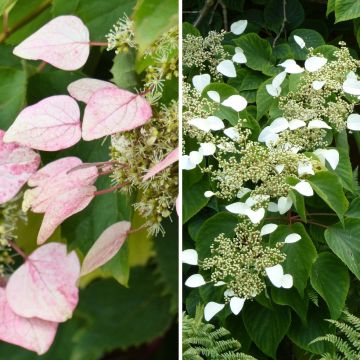
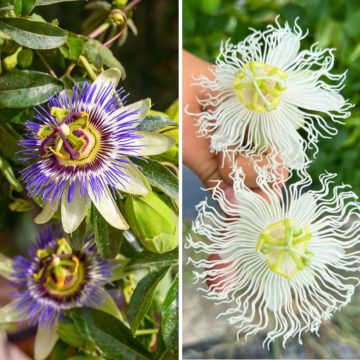
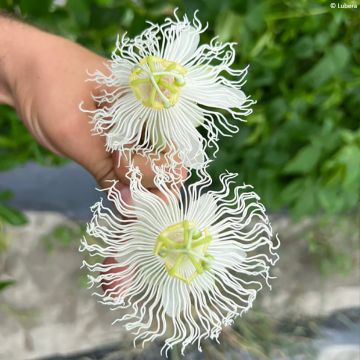
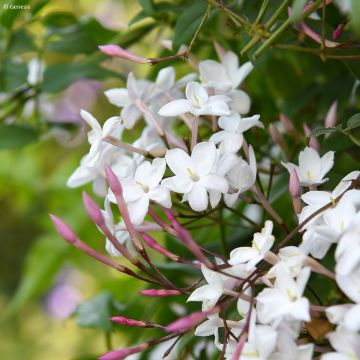
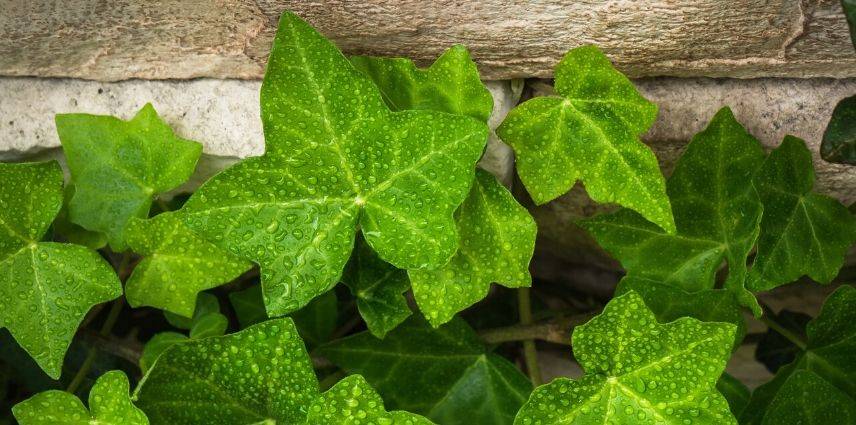
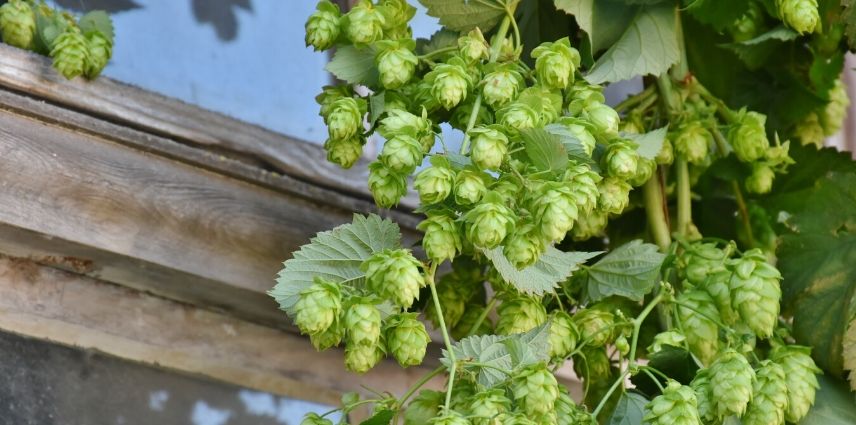
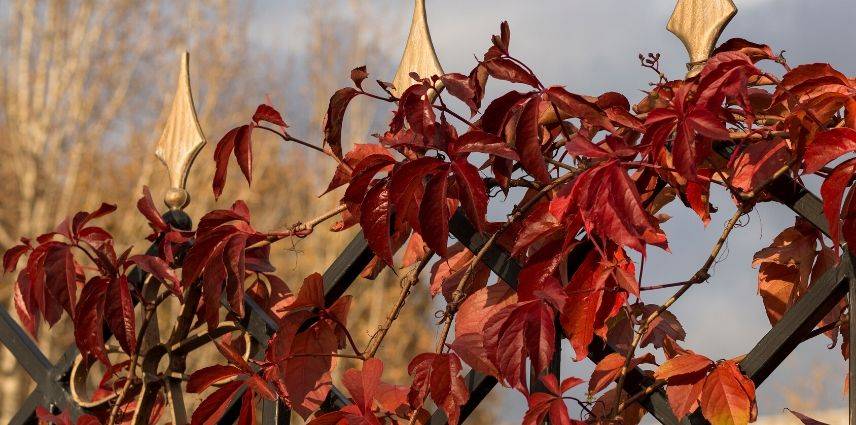
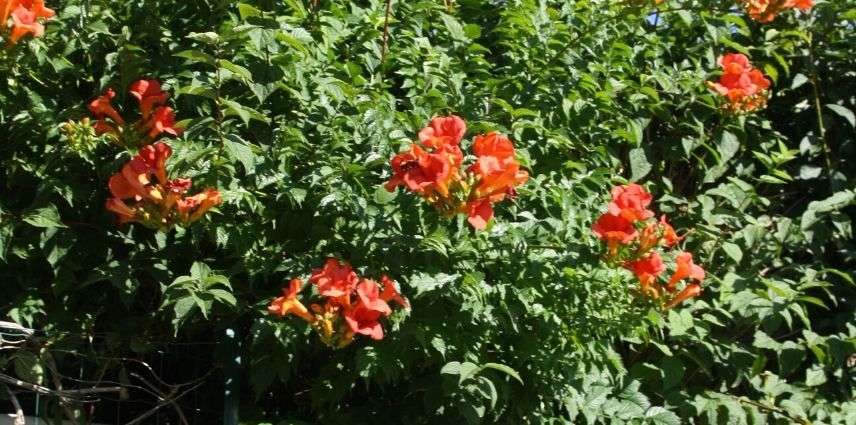
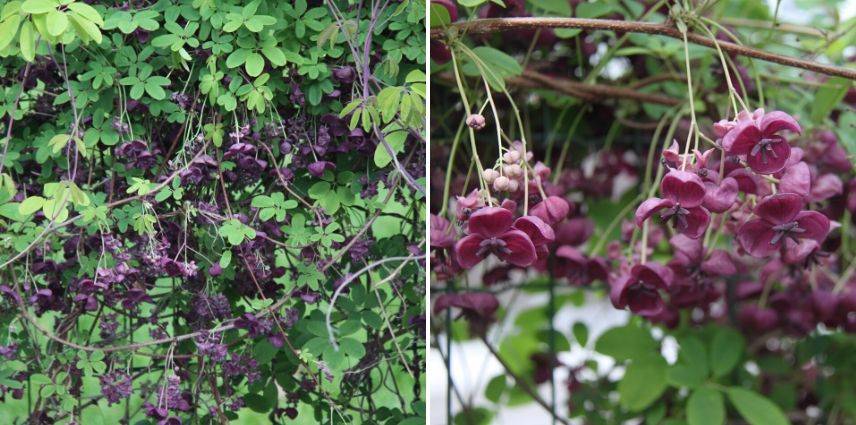
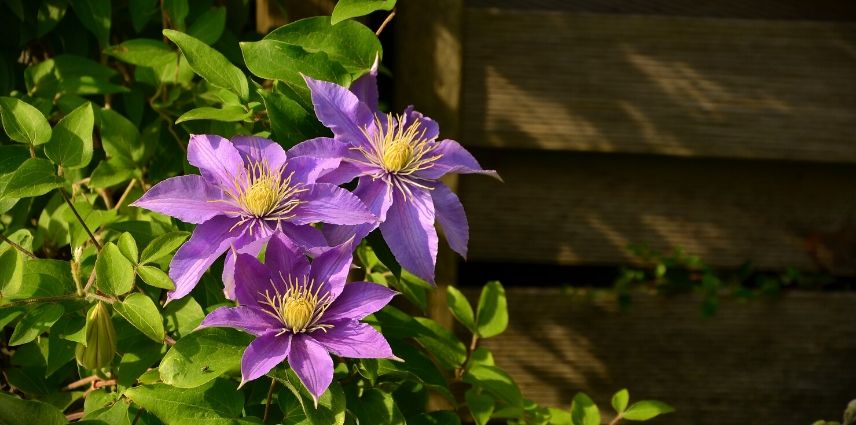
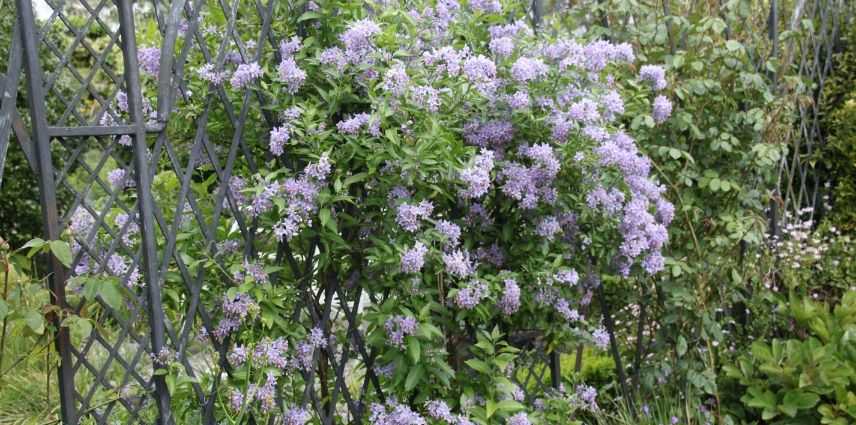
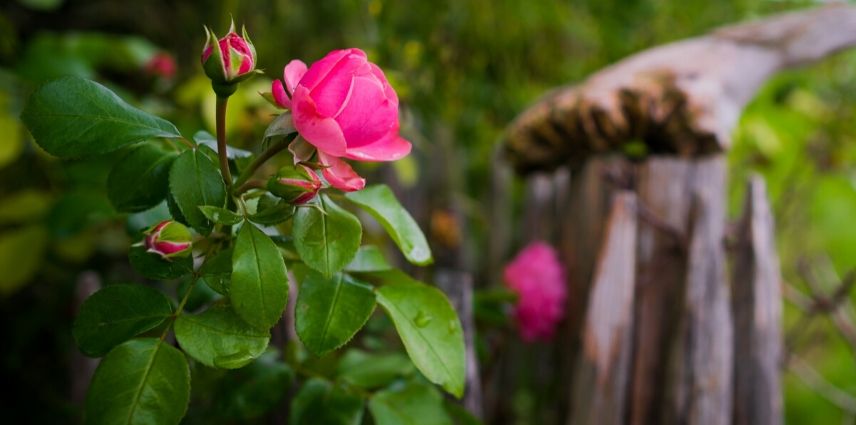
Feedbacks